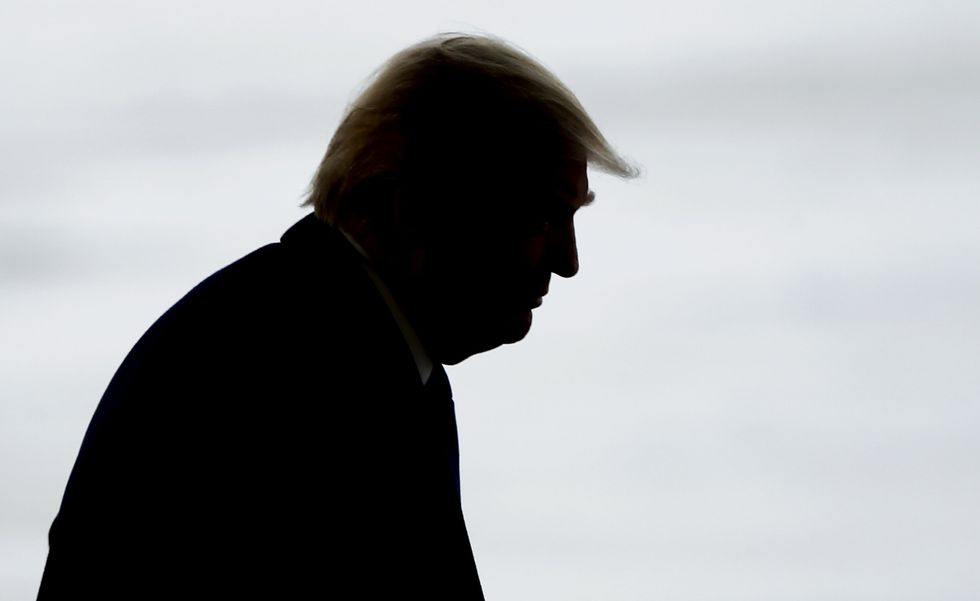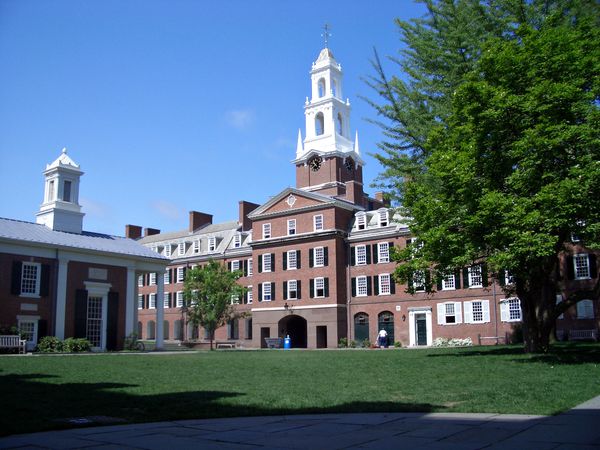The 2016 election began for Donald trump as what seemed like a joke to many in the media and political realms alike. According to CNN, at the start of his campaign back in 2015, “more than half of Republicans said they had a negative view of him,” (Diamond, Jeremy), and for a long while, it seemed like his campaign was doomed to failure. However, as we now know, Donald Trump was met with overwhelming success, something which has baffled countless civilians and politicians across the nation. In the wake of his victory, and even as he was still building momentum on his journey to the top, questions and polling statistics have been brought up to understand just how a man like Trump could ever be supported by the masses, and who among those masses were truly supporting his bid for the presidency. From those statistics, many factors became clear; often, they were southern whites, usually older in age, working class, and with less than a complete college education. However, these statistics only touch the surface of the issue; Trumps supporters are not defined most by those factors alone, but by how they add together to create a population of self-perceived, disenfranchised citizens with a leaning to more authoritarian government. These citizens, isolated and disenfranchised by their environment, often seek a scapegoat and a solution for their problems, which inevitably lead them to leaders like Donald Trump.
To start to understand how these citizens grow to accommodate such an authoritarian view of the world, one need only look at the geographic area where they come from. According to David Brady and Douglas Rivers, his support has always been in the industrial south and northern edges of the country. In South Carolina alone, more than 57 percent of Trump supporters made up their mind to support him a month before election day. Meanwhile, his support drops off in western states, starkly divided at areas like the Mississippi river border. All these areas are traditionally White (particularly those who identify as non-hispanic whites), but have slowly become a diaspora of racial demographics as time has gone on. Despite this, Trump has held the lead among whites.
Among whites in these areas, many are more likely to have a high school education or less, in percentages as high as one half of his overall voters. Along with their poor educations, over a third of his supporters make less than 50K a year, meaning his supporters in these areas are often blue collar workers, and not very well off. This is especially apparent among the young white men who received only as much as a high school education, which is more common in the areas where Trump has succeeded. The wage rates for these citizens has dropped as much as thirteen percent since 1990, with decreased access to healthcare and increased poverty.
All these factors have led to a singular result: an increased sense of helplessness, and a hatred of outsiders. 86.5% of all American citizens who agreed with the statement “people like me don't have any say about what the government does” support Trump adamantly. These figures are more likely to see themselves as oppressed, and locked into a government which does not care for them. Meanwhile, many of these voters are older citizens, meaning that in their lifetimes, they’ve seen racial number of changes, including the racial demographics of their hometowns changing. According to Michele Gilbert, “throughout the 1990s Black mayors were elected in large, minority-Black cities in the South, such as Dallas and Houston”. To older whites, who were more likely to have not attended integrated schools or due to spending their childhood in isolated areas during the years when segregation was legal, this change would seem jarring, and a challenge to their own sheltered livelihoods. Indeed, whites who have lower educations, and who are in more vulnerable setting in general, are more likely to show hostility towards outsiders and minorities of any group, meaning that they’re more likely to blame their poor educational and economic environments on minority groups, due to the economic disparity between the two.
Of course, other queries as to the median income of the average Trump supporter would have the public believe that his working class support is shaky at best. According to the census Bureau, some of Trump’s supporters make as much as 72k a year, a number which far outweighs the median income for Hillary Clinton’s average supporters, which only numbered in around 61k per year. It even ran close to the median income of other republican candidates, such as John Kasich. However, “some” of his supporters does not count for the median or mass of the group, and does not detract from the simple fact the majority of his followers are often from less educated, more impoverished groups than other voters.
This mounting hatred towards outsiders has led to increased Authoritarianism. Authoritarianism is simply the belief in strict adherence to the government, often at the expense of personal freedom, in exchange for increased safety and an stable way of life. Authoritarian voters look for strong leaders, and often those who promise to preserve stability and minimize change. Such changes would include an increased fear of the racial minorities which they perceive as endangering their livelihoods, evidence by the fact that racially charged search rate online are most high in areas which have suffered both crippling financial difficulty, and increased support for Trump, such as Pennsylvania, Ohio, upstate New York, and Mississippi. Trump is playing to the wishes of authoritarian citizens with his claims to take a hard stance on outsiders, which has inevitably drawn such disenfranchised and paranoid voters to him like flies. These claims, such as promising to build a border between our own nation and those surrounding us, appeal to those voters who fear the destruction of their way of life, with 79% of all such voters concerned with matters relating to immigration.
From all this, we can see the true genesis of the average Trump supporter. They are not drawn to him solely by sex or race, but rather by the conditions of their environment, and the crippling, self-induced sense of helplessness which has overcome them. Locked into an external and internal world which has left them feeling blocked from pursuing their own livelihoods, they have turned on outsiders as the source of their problems, and have, in turn, turned to the only politician who has openly stated their fears,and who has so adamantly vowed to avenge the issues they are convinced afflict them. This knowledge is of immense importance, considering how easy it is to blame the support many voters have for a candidate on ideology alone. In order to understand how unlikely candidates like Trump could ever reach such successes, we need to understand how ideologies like the Authoritarianism in his supporters is formed. In doing so, we can better understand what makes voters so keen on voting for one candidate or another, which in turn may affect the way elections swing in future years.



















